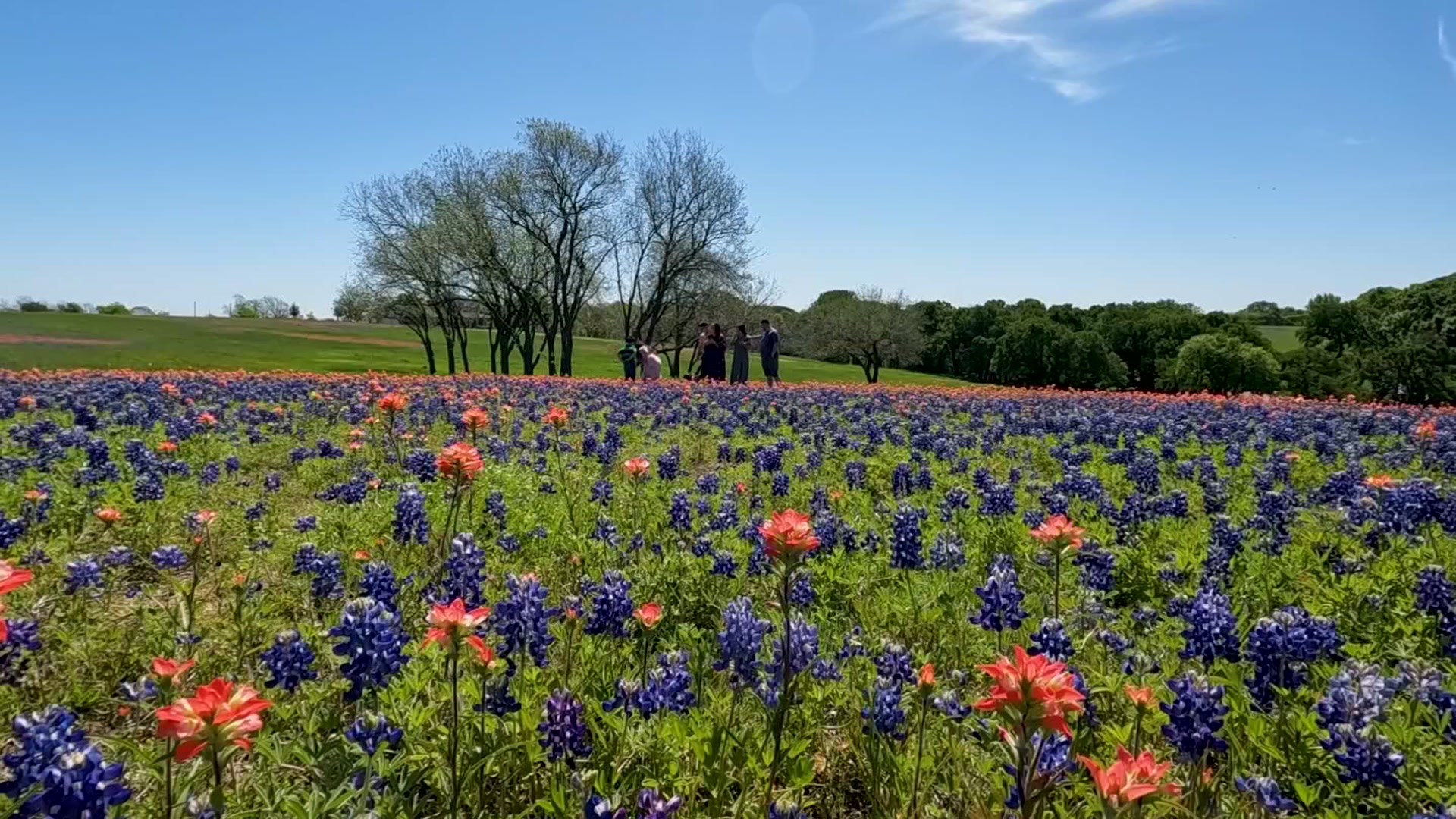Driving in North Texas often means paying for it. Toll roads are a fixture here. Some tolls fluctuate, based on how heavy traffic is. Recent complaints over spikes in toll prices on some TEXpress lanes have prompted those who oversee managed toll roads to take a look at why it's happening.
For three major toll roads in North Texas, a building just off the LBJ in North Dallas serves as traffic central. Inside, crews monitor a room full of screens which show images captured by 200 cameras, with the ability to send messages to message boards along all TEXpress lanes telling drivers about accidents and road hazards.
"We're looking for anything that impacts the roadway that can affect people's commute," said Chelsi Garcia, supervisor at the LBJ Express and North Tarrant Express Traffic Management Center.
In another part of the building, traffic engineers oversee a system that sets fluctuating toll prices for those two highways, as well as the toll portion of Interstate 35W.
"What you're paying for in those lanes is a level of service," said Robert Hinkle, spokesman for NTE Mobility Partners, the private contractor for the road projects.
The service, according to a contract with TxDOT, is supposed to guarantee a minimum speed of 50 mph in TEXpress lanes. The contractor is penalized if the goal isn't met. During heavy congestion, when speeds drop close to or below that threshold, computer algorithms drive up the toll. Commuters are essentially paying to avoid congestion.
"You're not going to be able to find anywhere where you can literally drive 70 mph, because the highways are loaded," said Hinkle.
Local
The latest news from around North Texas.
Every five minutes, toll rates are updated based on data gathered from roadside sensors. That's why commuters can see tolls fluctuate – up, or down.
For many drivers, it can be confusing.
"I get the purpose," said Allison Ingram. "It's convenient. You don't have to sit in traffic."
Recently, toll prices in TEXpress lanes have spiked higher than usual during peak hours. In some cases, commuters have reported them to be five times higher – or more – than during normal traffic. Some drivers decide to avoid toll roads when prices are high.
"Of course, when I want to take it, the rate is much higher than when I don't," said Mike Norgaard.
Those who oversee tolls say unprecedented growth is a factor.
"Thousands of more people have come to North Texas," said Hinkle. "And they all brought cars with them."
Congestion drives tolls higher during peak times, especially afternoon drive and particularly on Fridays. Michael Morris, transportation director for North Central Texas Council of Governments, says drivers do have a choice.
"You see $14," said Morris. "You're anxious to get to your destination. What could trigger in your mind is, if they're charging $14, it must be really bad ahead on that freeway lane."
Tolls are necessary, says Morris, to maintain roads, and to pay back private investors. Without them, he says, many road projects in North Texas wouldn't get built. Contractors manage tolls on LBJ, NTE and I-35W. TxDOT owns them. The goal for those who do pay tolls on TEXpress lanes, he says: Make sure folks get what they pay for.
"If you're in a hurry, you can be on the express lane," he said. "But our promise to you is, you're going to be going really fast on those express lanes."
This legislative session, bills were introduced in the Texas House which would end tolls, once roadways are paid for. Morris contends those funds would still be necessary to maintain or rebuild infrastructure.
Meantime, this week, NCTCOG, TxDOT and those who oversee tolls were scheduled to meet, addressing the recent spike.
Delivering a good service is in their best interest, they say.
"If half the people on the road stop using our highway next week, we're not going to be able to pay back our loans, our investors," said Hinkle. "So the whole situation's going to be in trouble."
That is something they plan to avoid – to keep a growing North Texas moving.



